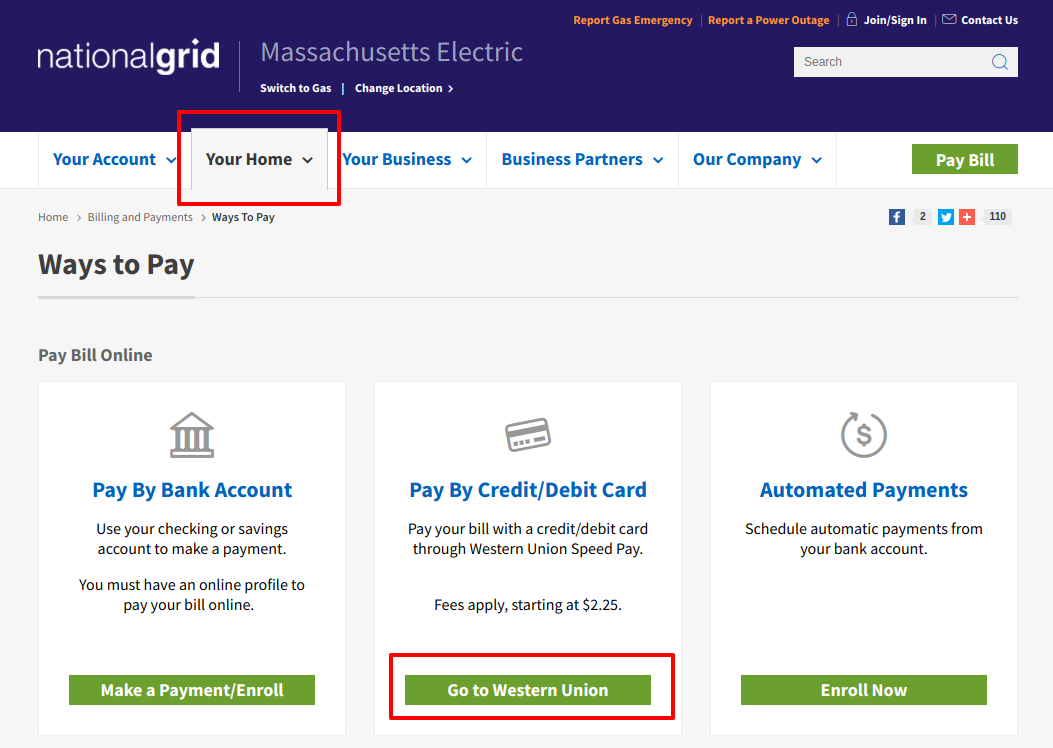


Power stations across the UK generate electricity. There are currently eight interconnectors in operation, importing and exporting electricity across borders, broaderning the market for generators, trafers and large consumers.Īdditionally, there is another seven that are either confirmed or highly likely to come into fruition over the next couple of years: Name International interconnectors are undersea cables that import electricity from surrounding countries. Note that the status of some have changed. Note that the national grid is owned and operated by The National Grid Plc, the company, that also has multiple other roles within the UK’s electricity market.īroadly spealing, there are three key infrastucture that connect directly to the national network of high-voltage transmission lines: Electricity interconnectors UK interconnector map of 2022. The majority of the national grid is above ground, and is characterised by the high-tension lines that criss-cross across the nation. The network uses high voltage cables that can transfer electricity across long distances with only minor losses in power. The national grid is a high-voltage electric power transmission network across Great Britain that connects power generators with local electricity distribution networks. What is the future of the national grid?.In this guide, we’ll learn more about this crucial infrastructure, the challenges ahead and how it affects the energy bills. The national grid is key to British energy infrastructure, allowing a seamless transmission of electricity long distances from where it is generated to where it is needed. British energy infrastructure faces significant challenges over the coming years, with the transition to renewables accelerating while the government applies increased pressure to reduce consumer costs.


 0 kommentar(er)
0 kommentar(er)
